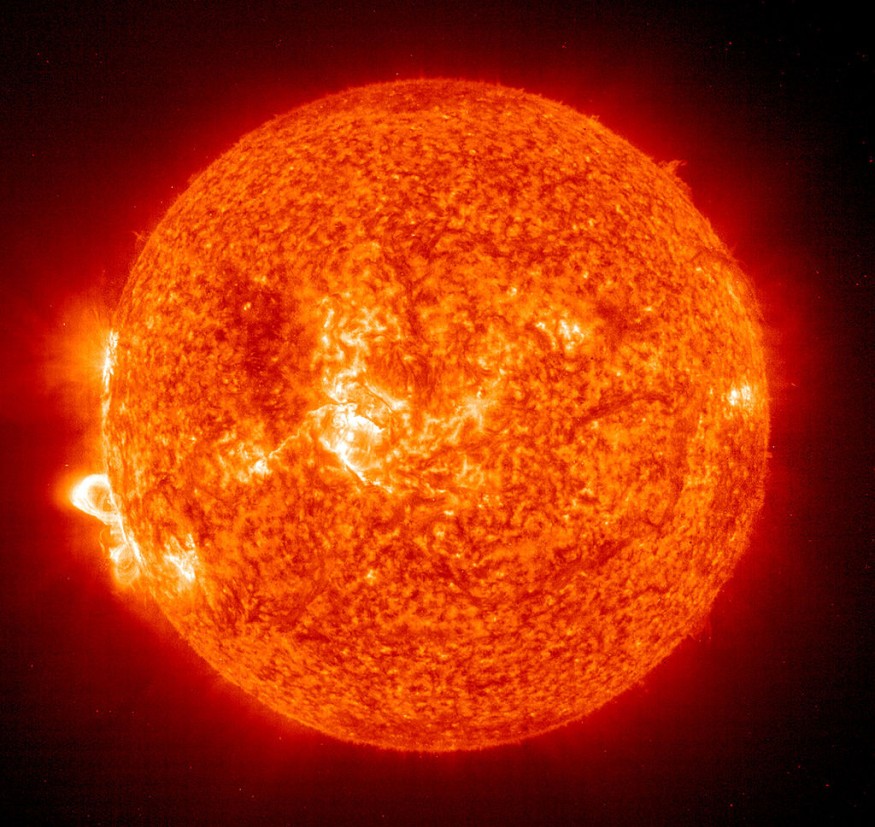A solar storm alert has been issued by the space weather authorities this week, hinting at a powerful geomagnetic storm that will Earth soon. The incoming space weather hazard could lead to a weak disruption of frequencies or signals, as well as cause visible aurora borealis or northern lights in Canada, the northern United States, and adjacent regions along the Northern Hemisphere.
In recent years, our Sun has shown signs of increased solar activity such as solar storms in the form of solar flares and coronal mass ejections (CMEs). The increasing frequency and intensity confirm what experts predicted before that the current Solar Cycle 25 could reach its peak by the year 2025 even before the cycle's end in 2030 as part of a 11-year cycle.
Solar Storm Alert

On Monday, April 10, the Space Weather Prediction Center (SWPC) issued the storm alert which consists of a geomagnetic storm warning regarding potential impacts in the Northern Hemisphere. Impacts such as induced currents that can result in weak power grid fluctuations and aurora borealis at high latitudes like in Canada and Alaska are possible.
The alert indicates that the solar storm warning is still active as of early morning of Tuesday, April 11. This means the looming threat of the magnetic storm hitting Earth is still on its way and may occur in the coming days this week or the succeeding one.
Also Read : Solar Storm Hits Earth Overnight Without Warning; Disruption Possible Due to Geomagnetic Storm
Potential Impacts
Based on related incidents in the past, space weather hazards like geomagnetic storms, as well as solar radiation storms and radio blackouts from solar storms, have the tendency to disrupt our planet's radio and satellite technology.
In addition, power grids and global positioning system (GPS) are also vulnerable from the highly-charged solar particles from our solar system's only star, putting even aircraft and satellites at risk.
Extreme Solar Storms
In the early 21st century, one of the strongest solar storms in modern history has been recorded. In 2003, there was a series of solar storms from mid-October to early November of that year.
The event will be known in the succeeding years as the "Halloween solar storms" or the "Halloween storms of 2003," wherein flares exploded from the Sun's western limb, leading to the release of high-energy solar material, according to the National Aeronautics and Space Administration (NASA).
However, the most intense geomagnetic storm in recorded history is the Carrington Event of 1859 when the Sun was still in its Solar Cycle 10. The 19th century solar storm was massive it created widespread auroral displays, which is typically confined along polar latitudes, and became visible in the tropic region.
The unprecedented 1859 Carrington Event was powerful enough to telegraph systems going haywire, according to NASA Science, as cited by Space.com. It also caused multiple telegraph stations to catch sparks and fires.
© 2025 NatureWorldNews.com All rights reserved. Do not reproduce without permission.





